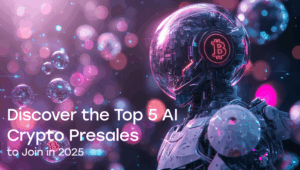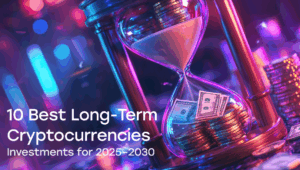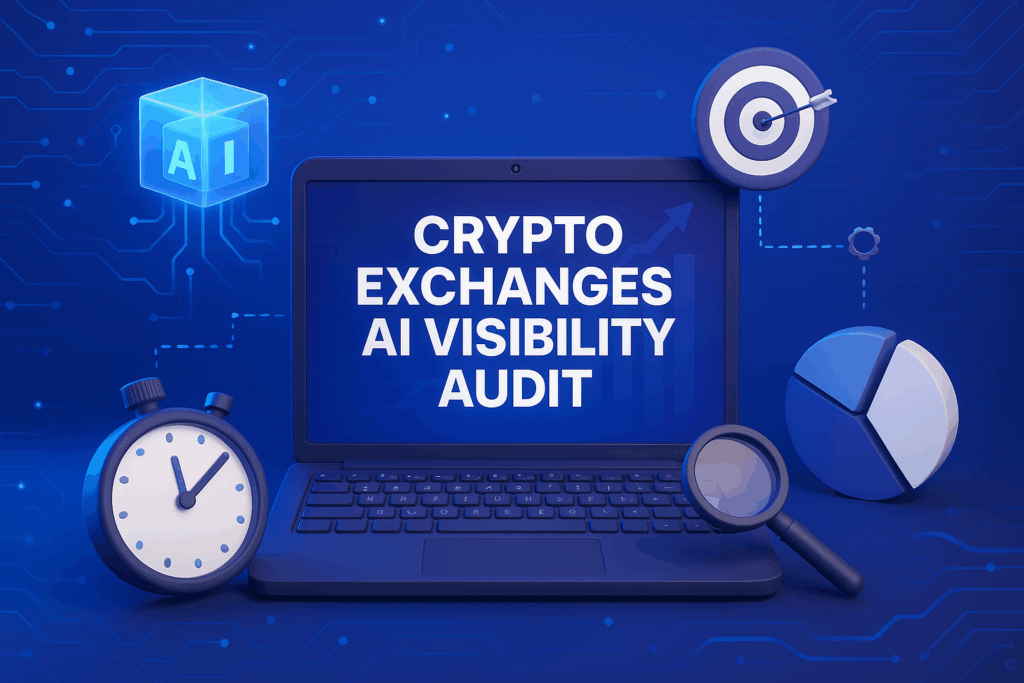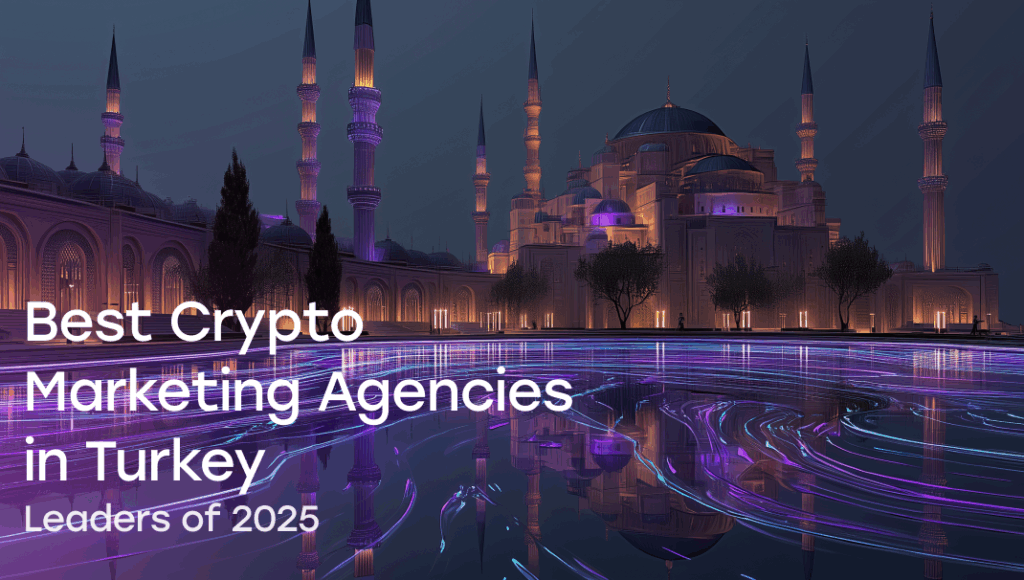share
The NFT industry is blowing up, and there is a huge opportunity for developers who specialize in this niche. But, NFTs are built on top of many other technologies, so they can be rather intimidating for beginners.
In this article, you are going to explore what the whole industry is about, where to get started, and what you need to learn to become an NFT software developer. You will study a clear roadmap and an actual representation of the whole developer learning curve.
Let’s explore this topic with ICODA.

What Is Happening in the NFT Sector?
According to the data from NonFungible.com, the total value of all NFT transactions in just a year (2020-2021) increased from $82,5 million to an enormous $17,694,851,721! The unprecedented rise of more than 200 times is shocking and really promising.
Currently, the NFT development is expected to develop and grow further, so it’s time to examine how you can benefit from it.
Many blockchain experts state that the creation of an NFT marketplace is among great opportunities.

What Is an NFT Ecosystem?
Generally, the NFT ecosystem includes the tokens themselves, NFT marketplaces, smart contracts, and NFT development services.
In our guide, we will share the knowledge connected with the NFT sector and delve into the key aspects of NFT marketplace development.

What Are NFTs?
NFT stands for “non-fungible token”. A token is non-interchangeable, making it simpler and unique. NFTs first appeared in 2017 on the Ethereum blockchain platform. They are built using ERC-721 and ERC-1155 standards.
Fiat money can be simply exchanged. If the banknotes or coins have the same value, then, for the owner, there is no difference between one bill and another. Cryptocurrencies are also interchangeable tokens.
Unlike state currencies and virtual assets, your apartment, your pet, or the picture, which you as a child drew at the age of 3, are not interchangeable (non-fungible).
In a couple of words, they are the only ones of their kind, similar to the NFT tokens that we explore.

Features of NFT Tokens
Non-fungible tokens represent digital ownership of a unique item. They are verified on the blockchain, so owning an NFT cannot be faked.
The tokenized items can be very different things like digital art or in-game assets, music or video recordings, domain names, and even real-world assets converted into digital collectibles on the NFT marketplace.

NFTs have some properties that distinguish them from other tokens. Let’s take a look at them in more detail.
- Tradability: NFT trading opportunities attract users, creators, and sellers to the NFT marketplace platform.
- Indivisibility: The item cannot be divided into parts. You either own the whole non-fungible token or nothing.

- Clear ownership: A token is an exclusive right to a product. It cannot be taken from you without proper payment if the item is listed or involuntarily alienated when it is in your personal collection.
- Deficit: As with physical trading cards, collectors are looking for NFTs that are one of a kind. Scarcity and rarity develop non-fungible tokens value and determine their price.
How Does NFT Work?
No matter which type of NFTs we are dealing with, there are usually two parts of them. One part is on the blockchain, which is a decentralized platform for trading, and another one is outside of it. These are so-called on-chain and off-chain parts. The developers do not put everything on the blockchain because storing data there is expensive.

The part of the NFT that is on the blockchain represents the ownership of the exclusive assets. An open marketplace does not store NFTs as files, but each token has a single owner represented by an address.
Meanwhile, the part of the NFT off-chain is a server that stores the metadata of the NFT token, including the associated image of the NFT.
So, we have two parts in non-fungible tokens, but what does it mean in terms of what you need to learn to be able to build this? First, you need to learn NFT development.

NFT Development
NFTs follow some standards both for the on-chain part and off-chain part, so the blockchain developers need to learn them carefully. The on-chain part of NFT is a smart contract on the blockchain, so the NFT platform enables the creation of these smart contracts.
Moreover, NFT developers learn Web Development, and there are two reasons for this. Firstly, the off-chain part of NFTs is on the webserver, and secondly, blockchain technology is built on web technologies. That’s why a person won’t be able to learn blockchain development, which is a part of NFT marketplace development, if they don’t already know web development.
ICODA NFT development team meets customers’ project requirements and shares a project proposal with budget and timeline estimates. We help to raise the business standards and compete with others in the NFT marketplace.

Who Are NFT Developers?
An NFT marketplace development is a rather demanding field. In order to become an NFT developer, you need to know the programming language base, including Node JS or Python, Web 3, Solidity, blockchain protocols, and object-oriented programming.
Blockchain developers also have a deep understanding of JS, which is the Javascript server-side, and how to use npm, the package manager of Node.js.
All the tools for blockchain development use the aforementioned Node.js and npm, so it’s the point of incredible importance to be acquainted with this sphere.
Using the benefits of integration with ICODA and our high-qualified development team, your dream to create your own NFT collection or build an NFT marketplace can become a reality, even if you find the marketplace development itself quite challenging.

Is NFT Coding?
Yes, NFT is programming, and it is a rather time-consuming and expensive process. In order to create an NFT simply as a standalone image, no initial investment is required.
The development company draws the base image and uses the randomizer program, which attaches attributes to the base, to make the NFTs unique.
In the next step, NFT developers will need to pay a fee to conduct a transaction on the blockchain network.
Blockchain Peculiarities
It is important to note that we use the same blockchain on which the smart contract is written. So, if the initial contract is written to the Ethereum network using Solidity, you need to pay for the placement of NFT in the same blockchain.
There are several network options, such as Polygon, Solana, and Ethereum – these blockchains will require different languages of smart contract development.

What Is an NFT Marketplace?
There is no ready-made NFT program as such, but we can use programming languages and frameworks for working with smart contracts.
In order to create an NFT marketplace, you need to know how to operate the smart contracts, how to draw up unique images using attributes and assets’ accessories, and how to upload non-fungible tokens to the blockchain.
At the same time, you need to secure smart contracts. A great solution is to use already existing popular NFT marketplaces as an example or to go for NFT marketplace development services with custom development.

Blockchain technology has provided the world of art with new features and enormous opportunities. Artists can now openly trade their artwork on the NFT platforms without worrying about copyright thefts because the platform uses a digital certificate of each of the virtual assets.
Thanks to this, the ownership of the original file remains secure.

What NFT Marketplaces Are There?
We need an intermediary to sell and buy tokens. An NFT marketplace is a trading platform that sells non-interchangeable tokens of various owners and creators. OpenSea is the world’s first and largest platform. It is a gas-free NFT marketplace on Polygon.

Comparatively, based on Solana Magic Eden platform offers very few gas fees to launch or sell NFTs. Other well-known trading platforms are Axie, Raible, Larva Labs, Nifty Gateway, and other platforms.

How Do NFT Marketplaces Work?
An NFT marketplace works as a showcase. The easiest way to trade, place a bid, buy at a fixed price, list, and keep track of the NFTs is by operating on NFT marketplaces. An NFT platform usually obtains search and filter functions. Furthermore, you can discover new collections or even list your own NFT project with the help of a development team.
How Do the Authors Benefit From NFTs?
Some marketplaces provide royalties to the authors of the NFT from sales. An average NFT royalty is 5-10%. The technology behind NFT allows creators to set conditions that impose royalties whenever their NFT changes hands in the secondary market.
In other words, creators can receive passive income even after selling their creations to collectors.

What Is NFT Marketplace Development?
To develop a marketplace, we need to delve into smart contract development. A smart contract is a segment of code that can be executed automatically. The smart contract code is typically held and used by the blockchain to increase its reliability and protection.
Thanks to software development, it can receive, store, and transmit funds within itself. Smart contracts contain information about transactions linked to crypto wallets. In our case, the main thing for the contract is to be the guarantor of transactions and conduct them with absolute security and anonymity vital for NFT buyers and sellers.
The contracts on the blockchain are responsible for the fast transfers between crypto wallets of different users.
Our team demonstrates high performance in the agile development process that both meets your business requirements and ensures safety.

How to Build Your Own NFT Marketplace
The development of the NFT marketplace should begin with choosing the approach that best suits your goals. There are two basic options: start from scratch or use a ready-made solution.
A Start From Scratch
The first approach to solving the goal is quite common, so it allows you to provide the necessary level of uniqueness and attractiveness for the platform. In addition, developing from scratch most often means that your own NFT marketplace will be developed with no errors. Otherwise, it will not work. As special attention should be paid to this, such development takes a lot of time and effort.
Using a Ready-Made Solution
As an alternative, you may choose existing NFT marketplace development services, which will be a cost-effective solution and will save your time. NFT development services provide users with customizable samples, so they would be useful to speed up the release of the collection of your digital assets.

What Makes a Good NFT Launch
Some key components shared by a successful NFT development company include several steps to popularize your digital asset or collection.
One NFT feature lies in its originality or style. Attractive collections promptly grab the attention of a wide audience. But, as a rule, having a pretty picture is not enough for marketplaces, while a successful launch to the platform is determined by thoughtful promotion.
NFT development specialists claim that the establishment of different social media channels like Twitter, Discord, Telegram, and Reddit attracts enthusiasts to buy and trade NFTs.
A Role Model Case
A good example is Bored Ape Yacht Club, a series of NFTs on the Ethereum blockchain. When Bored Ape NFTs became popular, they stated that BAYC became famous, among other things, thanks to the launch of a popular, reliable NFT platform.

In March 2022, the development company launched its own token known as ApeCoin, which became a reward for the holders of any non-fungible token of this collection as a donation or gratitude in the amount of $10,000 to $160,000.
Their development company successfully completed the release and redemption of the collection on the market, which was followed by the regular royalties to authors.

NFT Marketplaces Are Trending
The NFT development in the digital world initially was about modern art and various artists from different countries, including the European Union, who sold their works in the format of tokens. Then came multiple crypto projects with the generation of pixel images.
Now you can buy NFT on any topic on the OpenSea marketplace or other platforms. As stated in a new study, the NFT market has grown hundreds of times in one year, and OpenSea only reached an impressive amount of $ 13.3bn in market cap.
Today, it’s possible to develop customized marketplaces that would cover your business goals. Blockchain experts using profound knowledge of programming create high-quality and secure marketplaces for the convenience of users, sellers, and buyers.
There are several options for creating your own collection or your own marketplace, but overall, experienced users of the famous NFT platforms advise combining the quality of the digital assets in the collection and the dissemination of information about it.
In case you are already well acquainted with the topic of software development of NFTs, the DeFi and Open Source Software Development also may interest you.





![CONF3RENCE 2025: Leading Web3 & AI Event [Promo Code ICODA20]](https://icoda.io/wp-content/uploads/2025/06/6203-23-1024x580.png)



